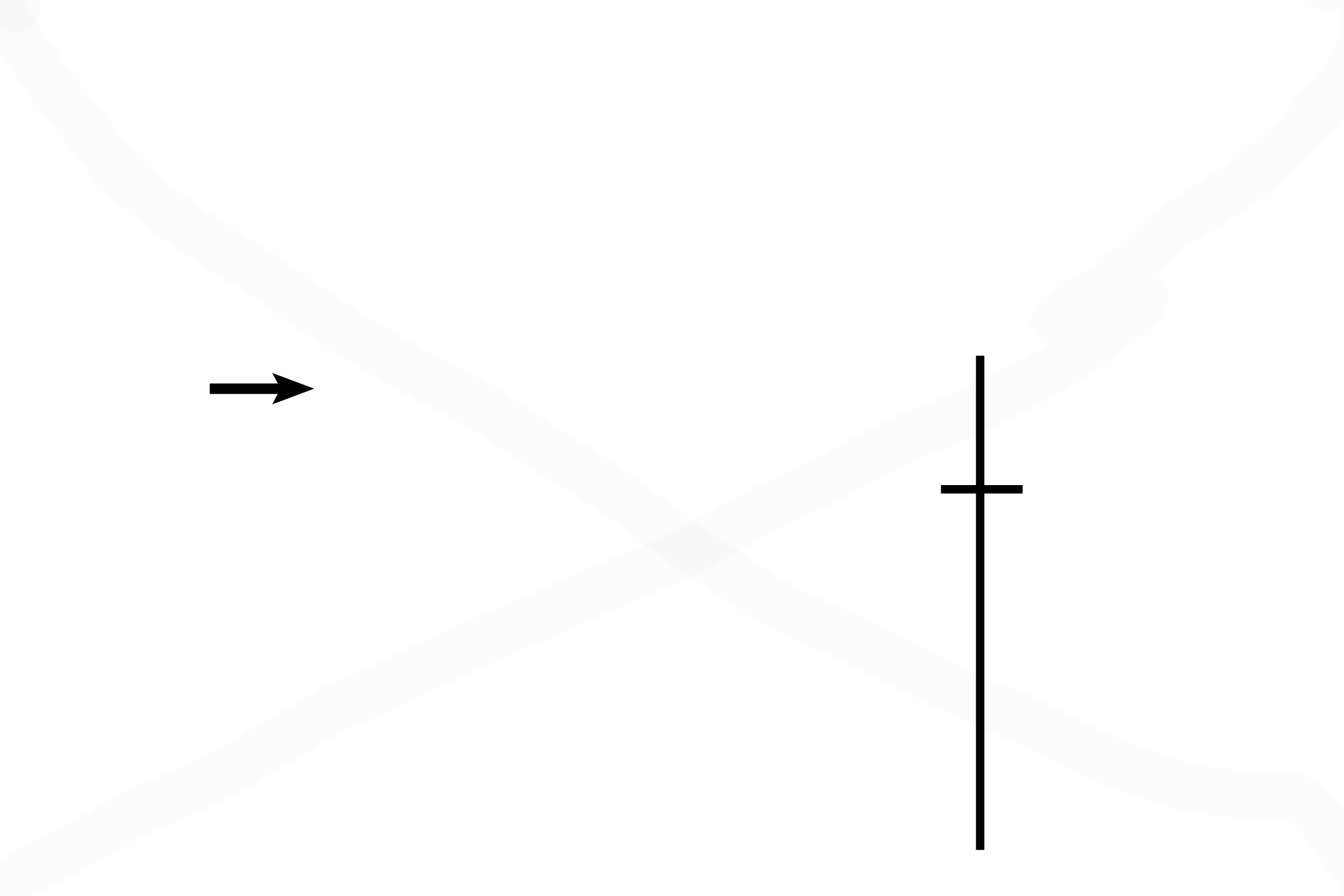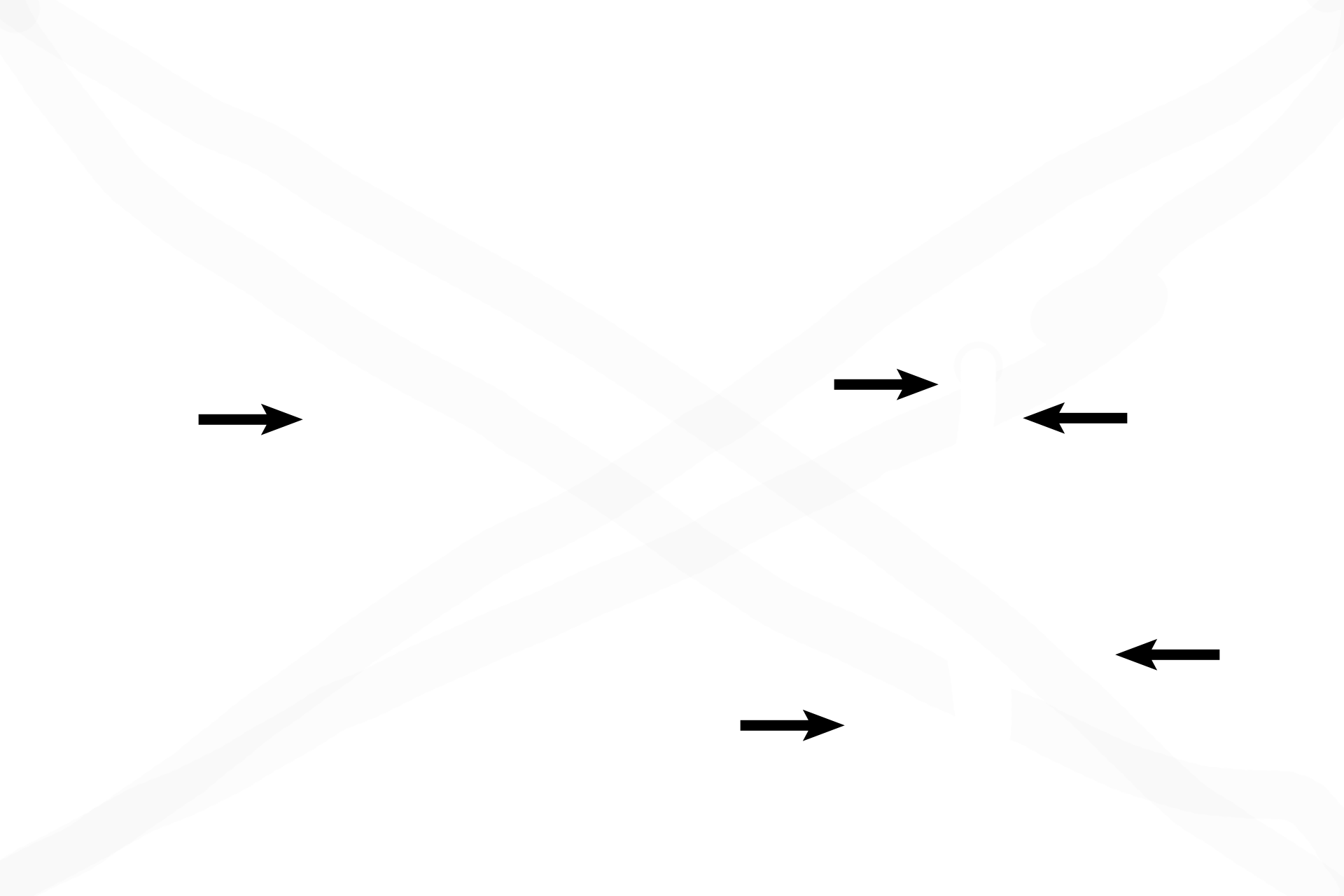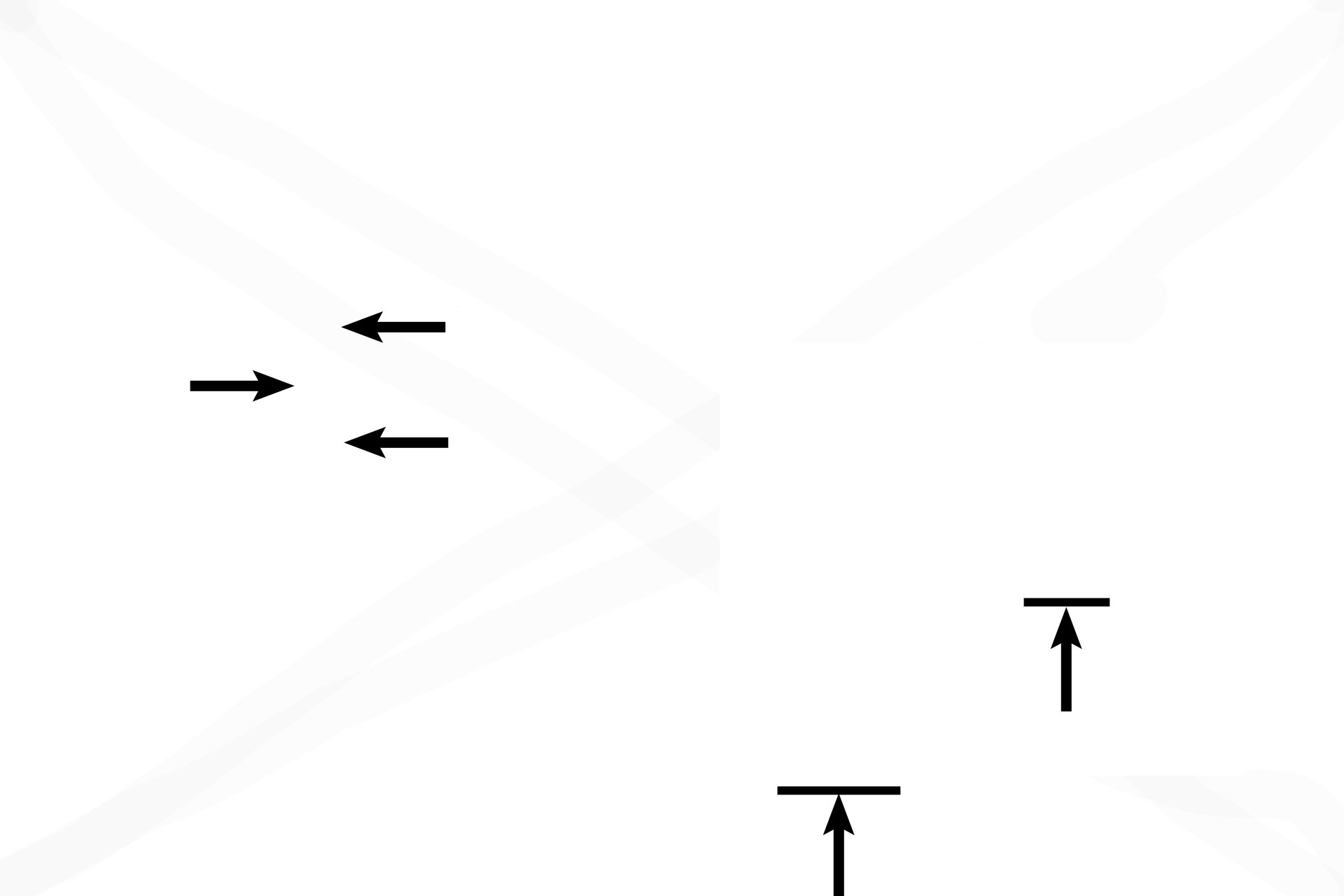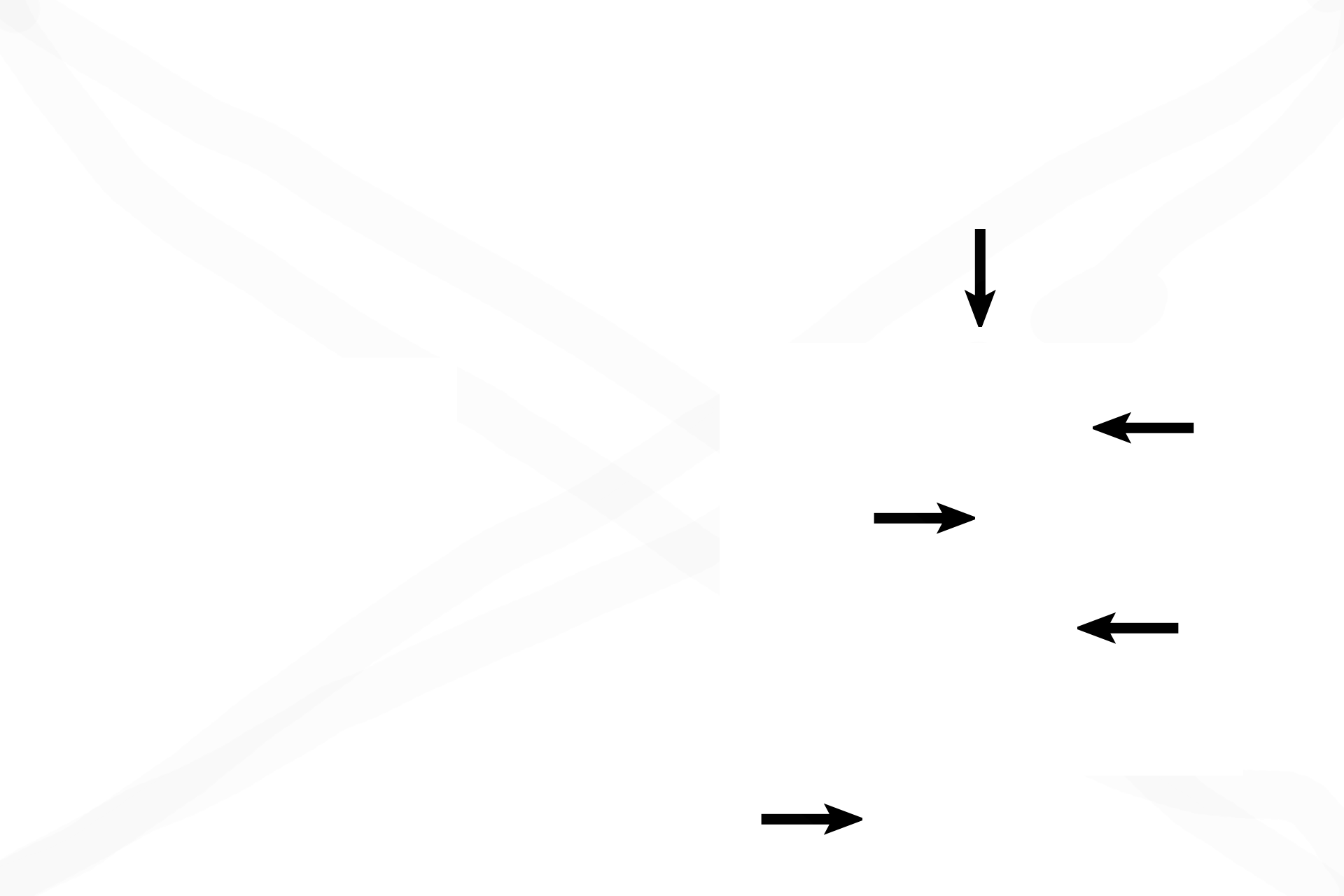
Nasal cavity
The fetal head, in coronal section, shows the nasal region, with skin and hair follicles on its surface. A nasal septum separates the two nasal cavities, whose lateral walls are formed here by middle and inferior nasal conchae. (The superior conchus is posterior and superior to this section.) Cartilage forming this fetal skeleton will be replaced by bone in the adult. 10x

Right image
The fetal head, in coronal section, shows the nasal region, with skin and hair follicles on its surface. A nasal septum separates the two nasal cavities, whose lateral walls are formed here by middle and inferior nasal conchae. (The superior conchus is posterior and superior to this section.) Cartilage forming this fetal skeleton will be replaced by bone in the adult. 10x

Skin
The fetal head, in coronal section, shows the nasal region, with skin and hair follicles on its surface. A nasal septum separates the two nasal cavities, whose lateral walls are formed here by middle and inferior nasal conchae. (The superior conchus is posterior and superior to this section.) Cartilage forming this fetal skeleton will be replaced by bone in the adult. 10x

Nasal septum
The fetal head, in coronal section, shows the nasal region, with skin and hair follicles on its surface. A nasal septum separates the two nasal cavities, whose lateral walls are formed here by middle and inferior nasal conchae. (The superior conchus is posterior and superior to this section.) Cartilage forming this fetal skeleton will be replaced by bone in the adult. 10x

Nasal cavities
The fetal head, in coronal section, shows the nasal region, with skin and hair follicles on its surface. A nasal septum separates the two nasal cavities, whose lateral walls are formed here by middle and inferior nasal conchae. (The superior conchus is posterior and superior to this section.) Cartilage forming this fetal skeleton will be replaced by bone in the adult. 10x

Conchae
The fetal head, in coronal section, shows the nasal region, with skin and hair follicles on its surface. A nasal septum separates the two nasal cavities, whose lateral walls are formed here by middle and inferior nasal conchae. (The superior conchus is posterior and superior to this section.) Cartilage forming this fetal skeleton will be replaced by bone in the adult. 10x

Cartilage
The fetal head, in coronal section, shows the nasal region, with skin and hair follicles on its surface. A nasal septum separates the two nasal cavities, whose lateral walls are formed here by middle and inferior nasal conchae. (The superior conchus is posterior and superior to this section.) Cartilage forming this fetal skeleton will be replaced by bone in the adult. 10x Right image